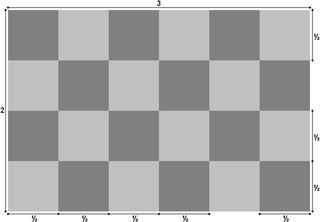Top Qs
Timeline
Chat
Perspective
Flag of North Brabant
Dutch provincial flag From Wikipedia, the free encyclopedia
Remove ads
The flag of North Brabant (Dutch: vlag van Noord-Brabant or Brabants Bont) consists of a chequy pattern with 24 distinct fields in the colours red and white (gules and argent). The flag has been used since the Middle Ages, but fell into disuse in the 18th century. The flag is now back in use, and has been the official flag of North Brabant since 1959.[1]

This article needs additional citations for verification. (September 2017) |
The flag of the province of North Brabant was adopted by the Provincial Council on January 21, 1959. In addition, the following description was used: "Rectangular, consisting of four horizontal stripes, divided into six adjacent surfaces of red and white and six vertical lines, divided into four adjacent sides of red and white."
The coat of arms of Croatia and the flag of the Belgian province of Antwerp make use of the same pattern, but the flag of Antwerp makes use of the colours red, white, blue and yellow.
Remove ads
History
The North Brabantian flag dates from the Middle Ages. The colours gules and argent are used in Brabant standards, flags, and pennants since the proclamation of the County of Louvain (942 CE) during the Lotharingian period. Later, the Duchy of Brabant took these colours on. During the Middle Ages and the centuries after, the red and white would often be used. Ships sailed under a red-white flag, especially in Antwerp. At the end of the 18th century, the flag fell into disuse, only to make a comeback in the 20th century. Only since 1959 has the red and white chequered flag become the official flag of the province of North Brabant.[2]
Remove ads
Highest seniority
The North Brabant flag has the highest seniority among all Dutch province flags. For that reason, it hung until 2006 immediately to the right of the throne of the monarch in the Ridderzaal. On official occasions, the flag should always be on the very left side for the spectators. As of Prinsjesdag 2006, the flags in de Ridderzaal were replaced by tapestries bearing the provincial coat of arms.[3]

Remove ads
References
Wikiwand - on
Seamless Wikipedia browsing. On steroids.
Remove ads

